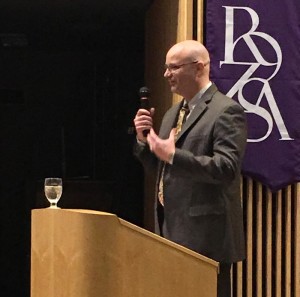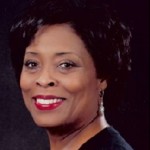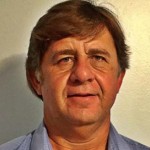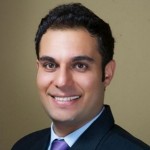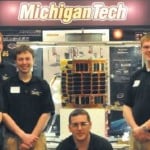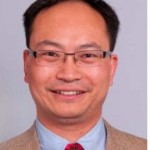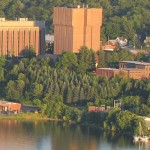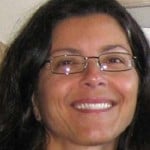Michigan Tech Employee Service Recognition Event
On Wednesday, May 11, faculty and staff members, along with their guests, gathered at the Memorial Union Ballroom for an awards dinner recognizing 25, 30, 35 and 40 years of service to Michigan Tech. The following ME-EM faculty were recognized:
25 Years
Ibrahim Miskioglu, Mechanical Engineering-Engineering Mechanics
30 Years
Ibrahim Miskioglu, Mechanical Engineering-Engineering Mechanics
40 Years
William Predebon, Mechanical Engineering-Engineering Mechanics
